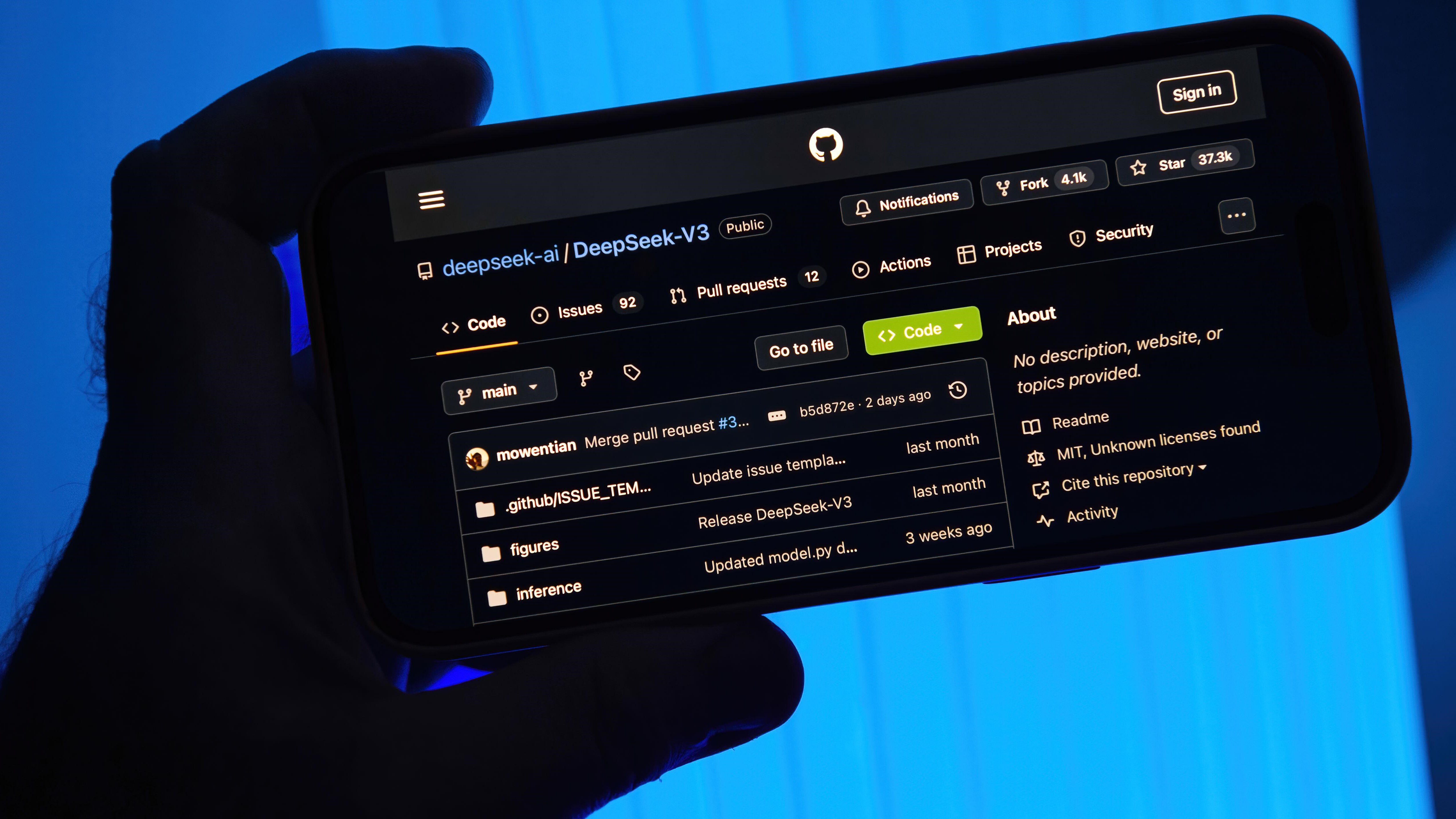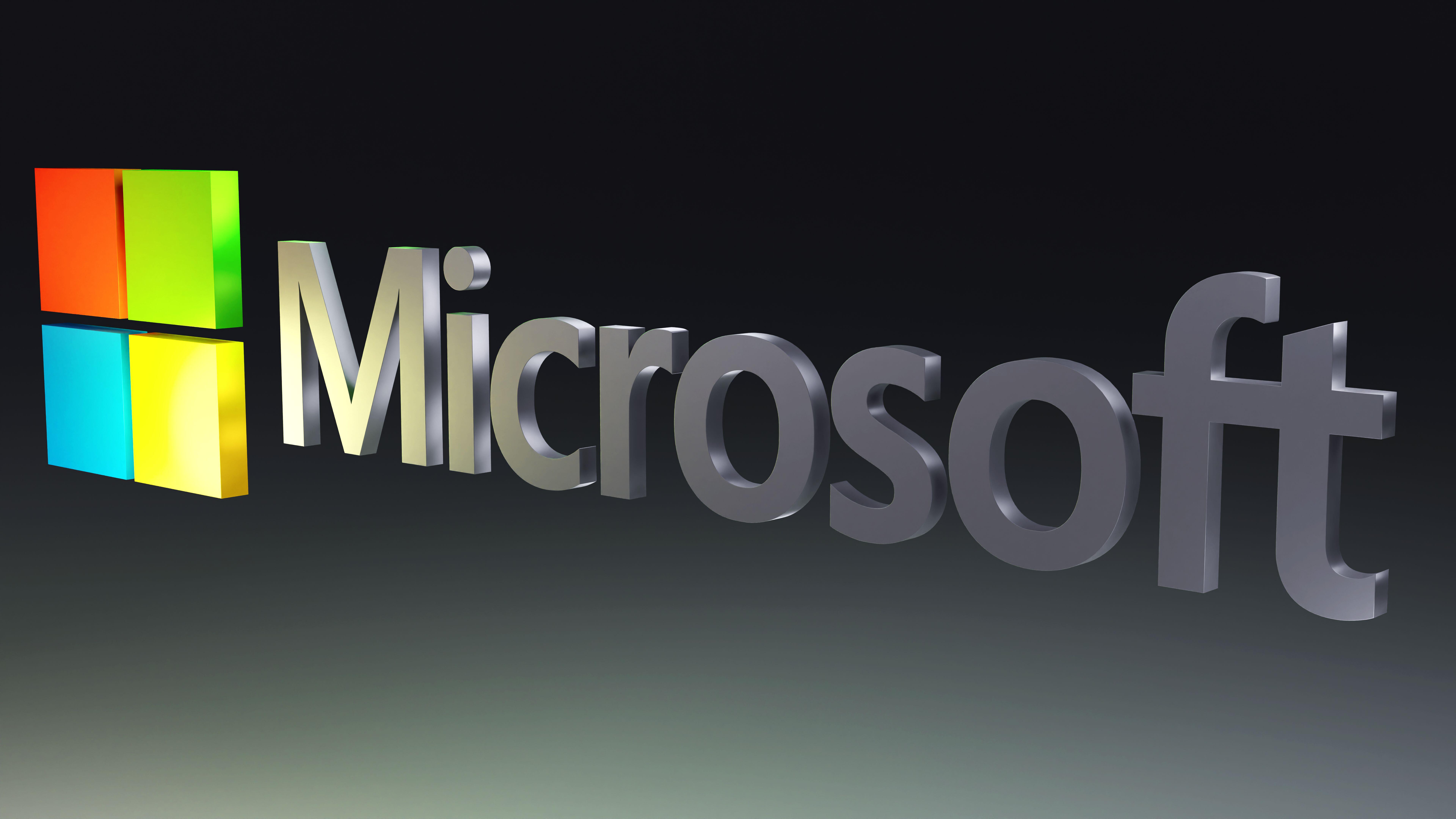Common Phishing Traps to Avoid
Phishing is when an attacker tries to trick you into giving information by pretending to be someone else. Here are some phishing examples.


The rise of phishing attacks poses serious security challenges to small business owners. As phishing attacks exploit human psychology, learning about various phishing examples is the most effective way to protect businesses from phishing scams.
This article will explore common examples of phishing attacks to help you protect your data and IT infrastructure.
What Is Phishing?
Phishing is a form of social engineering attack where hackers attempt to deceive users into revealing sensitive information, such as login credentials, or installing harmful software on their devices. In standard phishing attacks, cybercriminals reach out to users while impersonating reputable organizations.
Types of Phishing Attacks
Here are common types of phishing attacks you should be aware of:
- Spear phishing: Spear phishing attacks are highly targeted and customized, keeping the target audience in mind
- Whaling: Whaling attacks, also known as CEO fraud, target high-authority individuals like CEOs as they have the power to authorize high-value transactions
- Smishing: These phishing attacks are carried out over text messages.
- Vishing: These phishing scams take place over phone calls or voice messages.
- Pretexting: In pretexting scams, hackers use a pretext or story to dupe victims into making payments, installing malware, or divulging sensitive information.
- Angling: Angling phishing attacks happen on social media where hackers pose as representatives of trusted brands and trick users into sharing personal details, visiting a malicious website, or installing malware on users’ computers
- Pharming: In these attacks, malicious actors use a domain name system server (DNS server) to send users to a fake website to steal account credentials.
- Search Engine Phishing: Cyber criminals create fake websites for high-traffic keywords. When users submit account details on these fake websites, hackers get hold of sensitive information.
Common Examples of Phishing
Here are common examples of phishing you should be aware of to stay safe:
Email Account Block
In such a phishing attack, users receive an email stating that their email accounts will be blocked because of a request to terminate the account. Click the embedded link (phishing link) to withdraw the request for account termination.
Hackers often generate a sense of urgency in emails regarding account blocks, claiming that users have only a few hours to cancel a request for email account termination. If you ever receive such an email, do not click on the link.
Subscription Cancel Email
Subscription cancels phishing emails mention that your subscription to a popular service will be canceled within a few hours, and you will no longer be able to enjoy the service.
If you didn’t raise a cancellation request, click here to terminate it. When you click the link, malware will be installed on your computer system.
Exciting Job Offer
Fake remote job offers have increased after the Covid-19 pandemic. You should be careful about these scams. If you haven’t applied for a job recently and received an email mentioning that your profile has been shortlisted for a job that seems too good to be true, then it is not true. Somebody is trying to trick you.
Copyright Infringement Notice
In these scams, hackers send small business owners emails that state business owners have infringed on copyright owned by hackers. So, business owners are liable to pay a certain amount of money, or they could go to jail.
Hackers also mention a link in the email for small business owners to check how they infringed the copyright. Clicking on the link leads to malware installation.
PayPal Account Suspension Email
“We have seen suspicious activity on your account. After further investigation, we have found that the security of your PayPal account is compromised. Your account will be deactivated within 4 hours unless you verify your credit card details. Verify your credit card information here.”
A phishing email of this nature originates from fraudulent websites that mimic PayPal. When users enter their credit card information, hackers capture the data.
Bogus Invoice Scam
A bogus invoice scam is a form of fraud aimed at deceiving recipients into paying for products or services they never ordered or received. Hackers may send invoices that appear legitimate and claim to be from a company you recognize or trust; however, these invoices are actually fraudulent.
Hackers obtain login details when an employee in your billing department logs into the account. Occasionally, they may prompt users to confirm payment for an invoice or to cancel an order.
Email Account Upgrade
These emails pose as messages from well-known email providers, like Gmail or Outlook, and urge recipients to update their accounts or lose their services.
In reality, these scam emails are designed to steal your login credentials and access your email account illegally. Don’t let this happen – don’t click on any malicious links in the message or enter personal information into the fake sign-in page.
Dropbox Phishing Emails
With Dropbox phishing scams becoming more common, it’s essential to be aware of the warning signs. Emails that look like they’re from the popular file-sharing platform often tell recipients that they have documents to review. When recipients click the CTA, it takes them to a phony website. Once there, the scammer can steal your login information and other personal data.
More Phishing Attack Examples to Avoid
The following are some additional phishing scam examples small business owners should know about:
Bank Scam Emails
Bank email phishing scams are becoming increasingly popular. This type of scam attempts to steal personal information by spoofing the sender’s identity and tricking the recipient into entering their login credentials or other valuable information.
The scammers usually send out fake emails that appear to be from a well-known bank, asking for your bank account details or verification code. If you happen to enter account information into the login page of a scammer’s fake website, they can then employ your username and password to steal your money or hijack your bank account.
Fake App Purchase Scam
A malicious email will typically have a subject line that references an app from a reputable company you didn’t download. There is usually a serial number in the subject line.
Once you click through to find out more about the payment, you are taken to an invoice that asks for your permission to view, manage, or cancel the application.
The lack of specific detail in the message leaves victims open to attack because they may be inclined to open an email attachment- potentially installing malware on their devices.
Social Security Number Request
Hackers are constantly looking for ways to steal your personal information, and one of the most common scams is when they pretend to be from a government agency. They may call you and tell you that your social security number has been suspended or that you need to confirm it so it can be reinstated.
Billing by a Technical Support Service
Billing by a technical support service is a scam where the attacker tries to sell you technical support services that don’t actually exist. They may email you that an issue has been detected with your PC and that you need to call a phone number to get technical assistance.
Another common way to scam victims is to call directly and alert them that there is a device failure. And contact is being made to resolve the issue. At the end of the service, they will charge fees for repairing problems that did not exist initially.
Offering Financial Solutions
Another frequent tactic used in phishing involves enticing victims with the chance to settle debts for less than the original amount or to invest in opportunities that promise high returns. These “offers” appear credible and are typically available for a limited time, creating a sense of urgency for the individual to act quickly.
Tax Scam
A cybercriminal sends a text message to persuade victims that they owe money after filing their taxes, or they may direct victims to a website where a payment is required.
Another common tactic for scammers is to tell their victims that they are eligible for a large refund, encouraging them to click on a link that installs malware on their phones.
You Have Won Something
These scams are often easy to spot because they promise something that simply isn’t true. A message or email says that you need to click on a link to Google Docs in order to submit details so that you can collect your prize. In reality, scammers are trying to steal your personal information in order to scam you further.
What Is the Most Common Phishing Example?
There are numerous phishing schemes, with the two most prevalent being email spoofing and Fake Login Pages. Email spoofing occurs when an email is sent that appears to originate from a trusted source. Meanwhile, Fake Login Pages are designed to closely resemble legitimate sites, complete with the same logo and branding as the original websites.
What Are The Signs of Phishing Emails?
The signs of phishing emails include but are not limited to urgency, unusual requests or content, grammatical errors & misspelled words, mismatch of domain names and email addresses, and familiar greetings.
Security awareness training is the most effective way to help your employees to identify phishing emails.
What Is Considered an Example of Phishing?
Any wilful activity that aims at stealing individuals’ sensitive information, swindling money from them, or installing malware on their computer systems is considered an example of phishing.
Image: Envato Elements
This article, "Common Phishing Traps to Avoid" was first published on Small Business Trends














































































